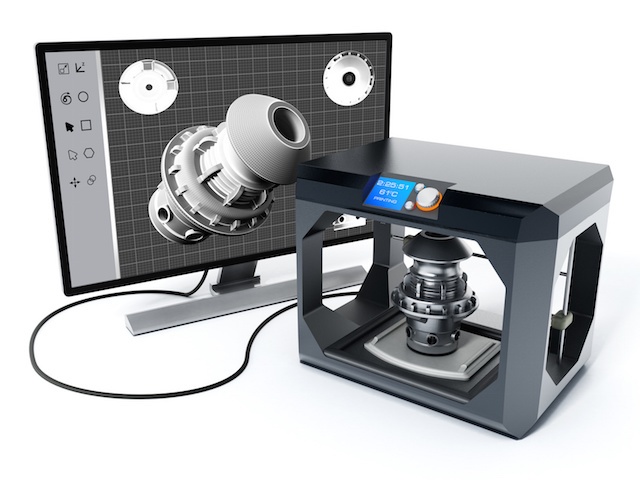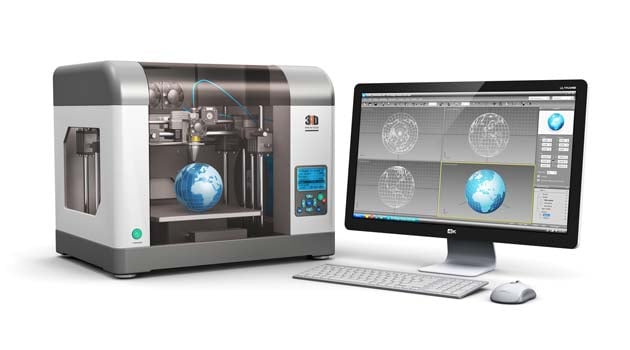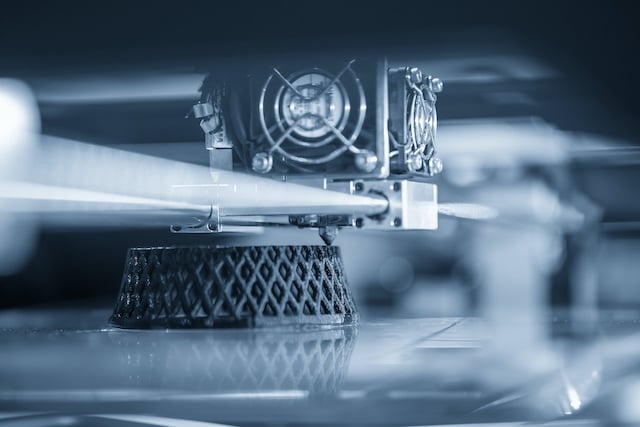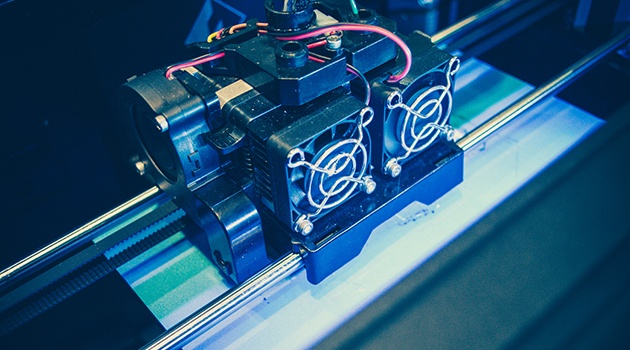
There is no question that 3D printing is making waves in industries around the world. Its potential applications are wide-reaching and could make real changes towards helping the environment, solving global issues and encouraging innovation.
Within the manufacturing industry, 3D printing can help to reduce wastage by only using the material needed, and it can save time creating bespoke parts to suit specific requirements on demand. We’ve already looked at how the oil and gas industry could benefit from additive manufacturing and how it could help the sector to move forwards with new systems and ideas.
Going mainstream
The next step is for 3D printing to move from its niche and experimental stage, and into the mainstream. While it may save money theoretically when it’s up and running in a range of service environments, it is costly to implement and set up the machines.
However, money is still being put into the research and development of 3D printing technologies around the world. A press release from IDC at the start of the year said that worldwide spending on 3D printing was forecast to grow to around $29 billion in 2020. The revenue would be generated by the United States (about a quarter) and Western Europe, Asia/Pacific and Japan (about half, combined). The fastest growth would come from the Middle East and Africa, and Central and Eastern Europe, showing that 3D printing is a global interest. In the press release Carla La Croce, research analyst for Customer Insights and Analysis at IDC, said: "Thanks to the broader variety of 3D printers and materials that can be used, and also to lower prices, 3D printing is becoming more sophisticated and devoted to newer uses. In addition, existing use cases are increasing their market share."
It’s certainly not a technology that is going to fizzle out. It may not have made much of an impact on the consumer market (yet) – we’re not seeing a 3D printer in every home – but for industrial use, the possibilities are endless. As major manufacturers, such as HP and GE, have adopted 3D-printing technologies, they will continue evolve to them to the benefit of all industry sectors.
Traditional methods remain
However, 3D printing will not be a complete replacement for traditional manufacturing; rather a complement to the systems already in place. In an opinion piece for 3DPrintingIndustry.com, Franco Cevolini, CEO of CRP Group, said that, while groundbreaking, Direct Metal Laser Sintering (DMLS) would not “undermine traditional technologies and manufacturing methods… We have to be determined to enforce our technological expertise, carving out highly specialised niches. Industries will not stop using mass production.”
That niche lies more in custom manufacturing, than mass manufacturing – low-volume, specialised products. The ability to create individual, bespoke parts and prototypes could revolutionise industry, enabling new and innovative designs and research to be undertaken. It is also likely to be a key process in producing after-market parts (according to a 2016 survey in PwC’s publication ‘3D Printing comes of age in US industrial manufacturing’), enabling repairs rather than replacements to costly systems, saving money and prolonging the life of machinery in industrial environments.
The next step, then, is continued investment and development of the technology and over the next few years, we will see 3D printing being more widely used for industrial purposes and within the manufacturing sector.
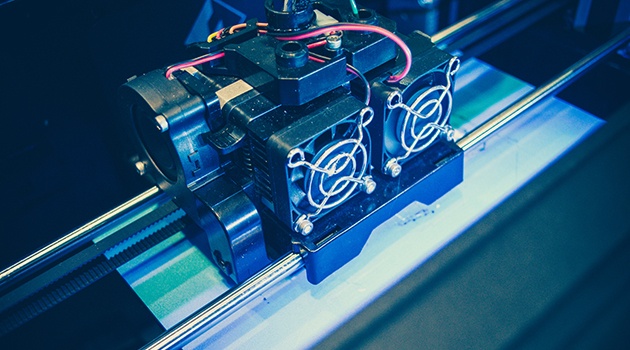 What's next for 3D printing?
What's next for 3D printing?